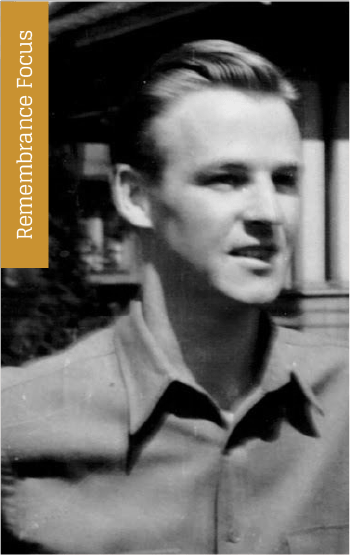Ralph J.
giffard
May 5, 1920 – March 8, 2001

Born: May 5, 1920, Los Angeles, California
Died: March 8, 2001
Last residence: Atascadero, California
Married: May 12, 1945, to March 8, 2001, to Josephine Juanita (Robles) Giffard
Graduated: 1938, Belmont High School, Los Angeles, California
College: Pasadena City College, 1938- 1939
Parents: Albert Giffard and Gertrude Giffard (née Smith)
Children: Toni (Giffard) Foster (1946)
Kenny Norman Giffard (1947)
Gregory John Giffard (1951)
Employment:
U.S. Army (1941 to 1945) Rifleman, Prison Guard,
Carpenter, Building Contractor (1949- 1970)
Other:
Oildale Water District: Director and Board President
Atascadero Nature Preserve: Docent

ralph j. giffard
-0-
{ Part 1 }
RALPH’S CHILDHOOD WAS DEFINED BY A HORRIFIC BURN TO HIS BACK
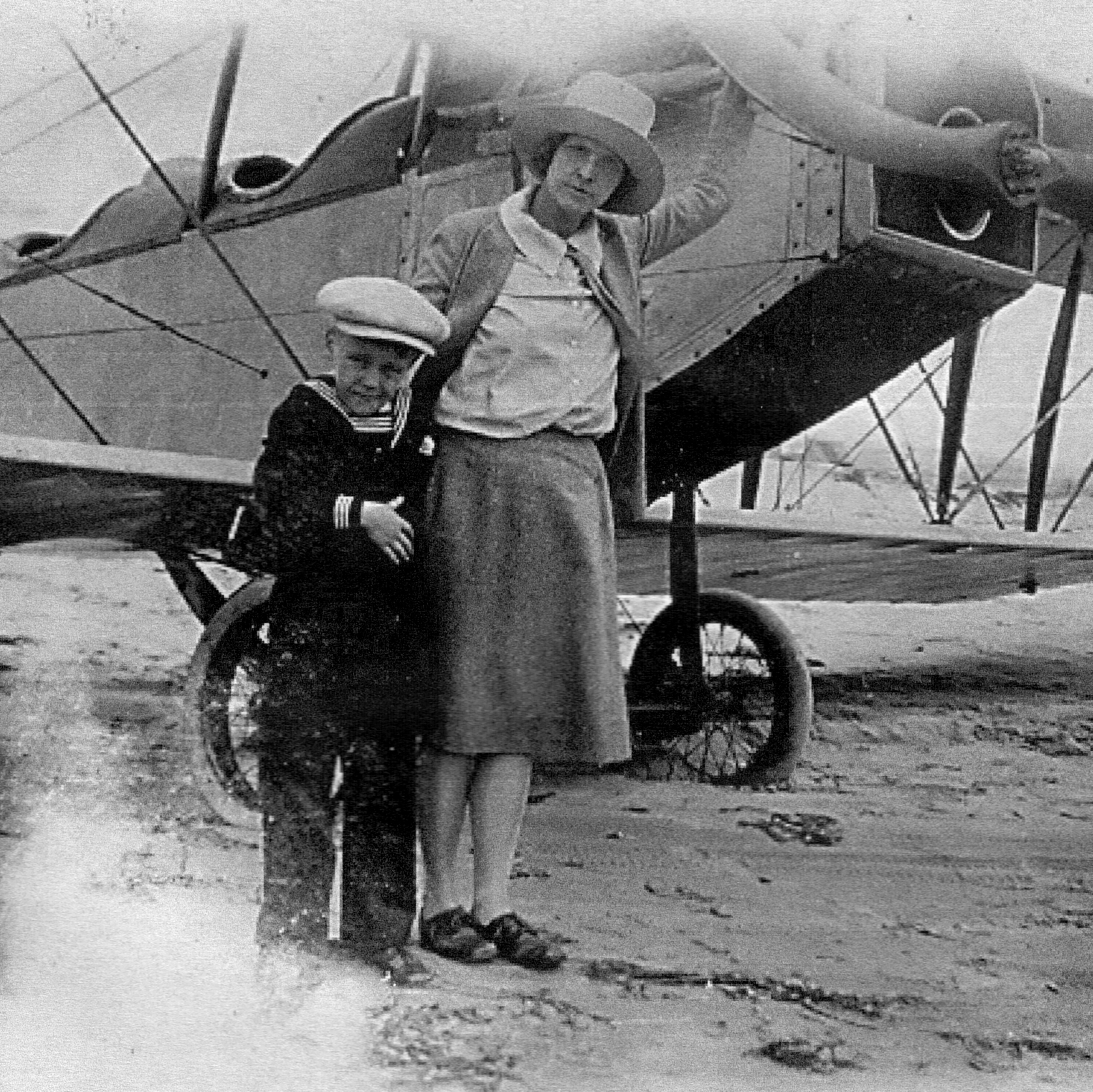
seven-year-old Ralph with his mom at pismo beach, california, in 1927.
R. J. Giffard was born Ralphe John Giffard on May 5, 1920, to Albert Giffard and Gertrude Smith Giffard in Los Angeles, California. He was the eldest child in a marriage which produced three daughters and one son. Throughout his life he was known as “my little angel” and Ralphe, with an emphasis on the “e,” by his mom, and either Ralph or Giffard by everyone else.
As a child, he lived in Los Angeles and its suburbs, including Hollywood, Pasadena, and Long Beach. As a young child, his persona was influenced by tragedy: as a child of six years, his clothes caught on fire caused by standing with his back too close to a gas-fired space heater. He suffered third-degree burns to his back, from his shoulders down to his buttocks. Because of those burns, he was hospitalized for six months, including the first three spent in a coma.
Because of the severity of his burns, and indicative of the state of medical affairs in the 1920’s, his doctors had proposed castrating him as a means of enhancing his chance for recovery. His father refused the doctors’ requests, and he emerged from his hospitalization with a back which was a mass of scar tissue.

An Ansel Adams photo of the giffard family visiting yosemite
The accident caused the breakup of his parents’ marriage and recriminations as the parents had ignored the beating fists on their locked bedroom door, and the cries of “Ralphe’s burning” by his oldest sister. Their dalliance in mid-morning sensual pleasures had almost cost the life of their only son.
The rest of his childhood was spent in the Los Angeles area, with some of his most pleasurable days being spent on the Southern California beaches. His daring and strength showed in his regular swims to the ships anchored in the Long Beach and Los Angeles harbors. Because of his injured back, he was usually the only child found swimming with a t-shirt protecting his back from the sun . . . and from stares at the grotesque scarring.
The summer of 1938 was spent working at Yosemite, where he developed a life-long love for the outdoors and a deep appreciation for the majesty of the Sierra Nevada mountains. This love was also fostered that summer by being around the renowned photographer Ansel Adams, who marveled everyone with his photographs of Yosemite. The end of his childhood found him spending the better part of a year enrolled at Pasadena City College: the first in his family to seek a formal education beyond high school.
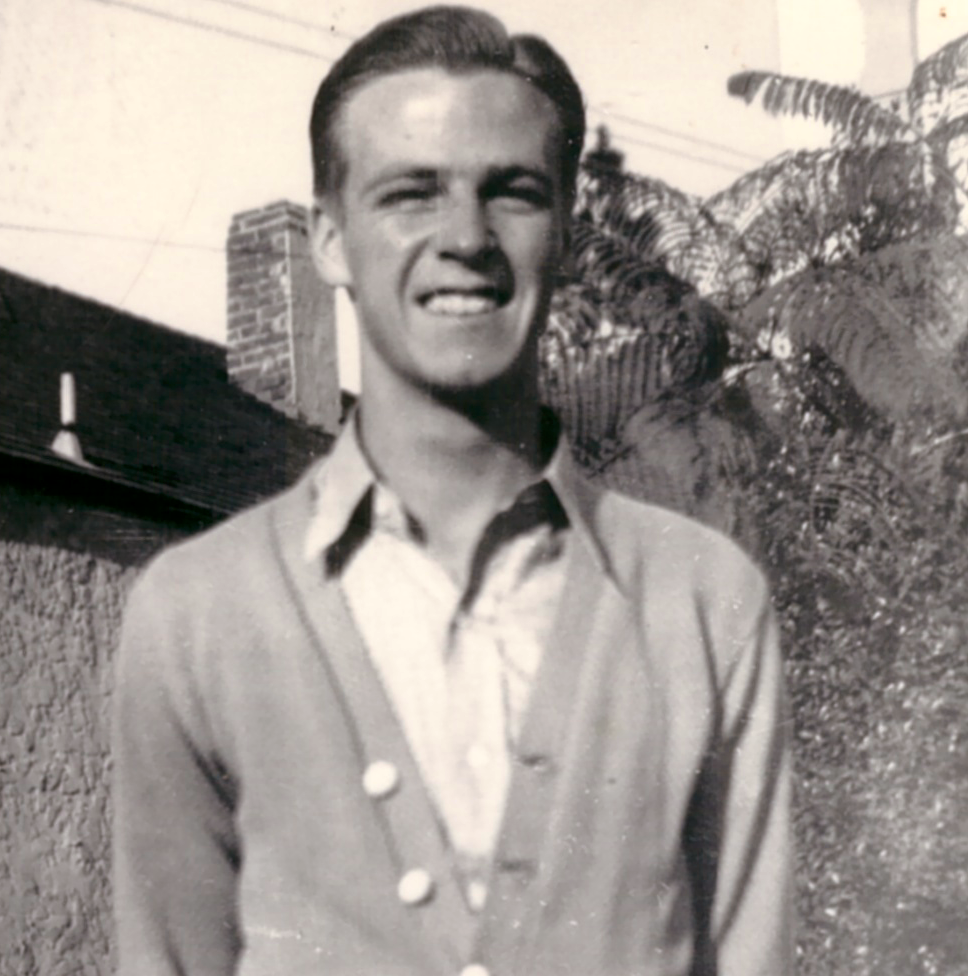
young ralph at pasadena city college
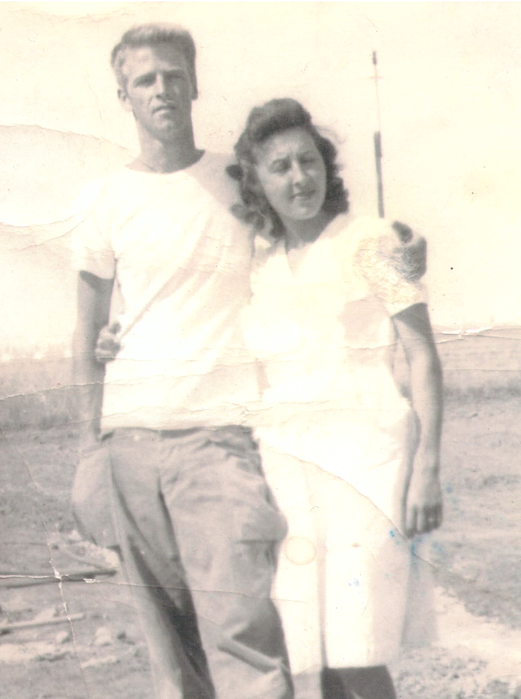
ralph and josephine as newlyweds
World War II caused him to terminate his education in favor of service to his country as a specialist in the United States Army. He was trained and then deployed stateside to guard the Axis prisoners of war held in prison camps located in Utah, Arizona, and California.
The Army brought him close to death, contracting pneumonia in the cold winters of Utah. His service as a guard also instilled in him an appreciation of the German and Italian soldiers as persons, not just the enemy. It also brought on a the start of a life-long disdain for the government in general, and the military in particular.
His military service also brought him to Minter Field outside Bakersfield, California, where he met and married Josephine Juanita (Robles) Giffard, one of six daughters of Joseph and Angelina Robles. After his discharge from the Army at the end of World War II, his marriage and new interests kept him in the Bakersfield area, building a home for his family in Oildale, California, working for the State of California in highway construction, operating a cement truck, and then becoming a carpenter.
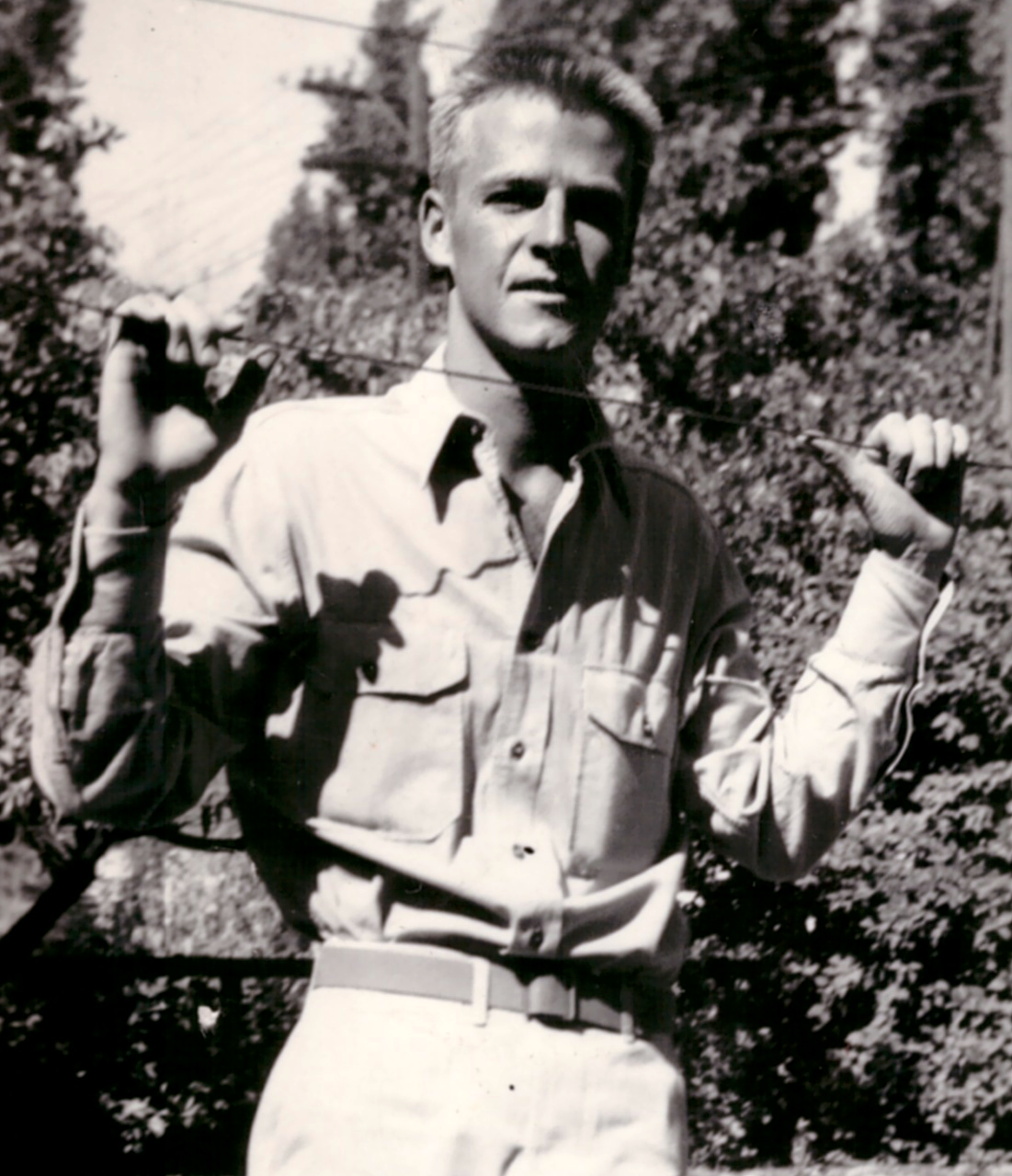
Ralph stationed at minter field, california
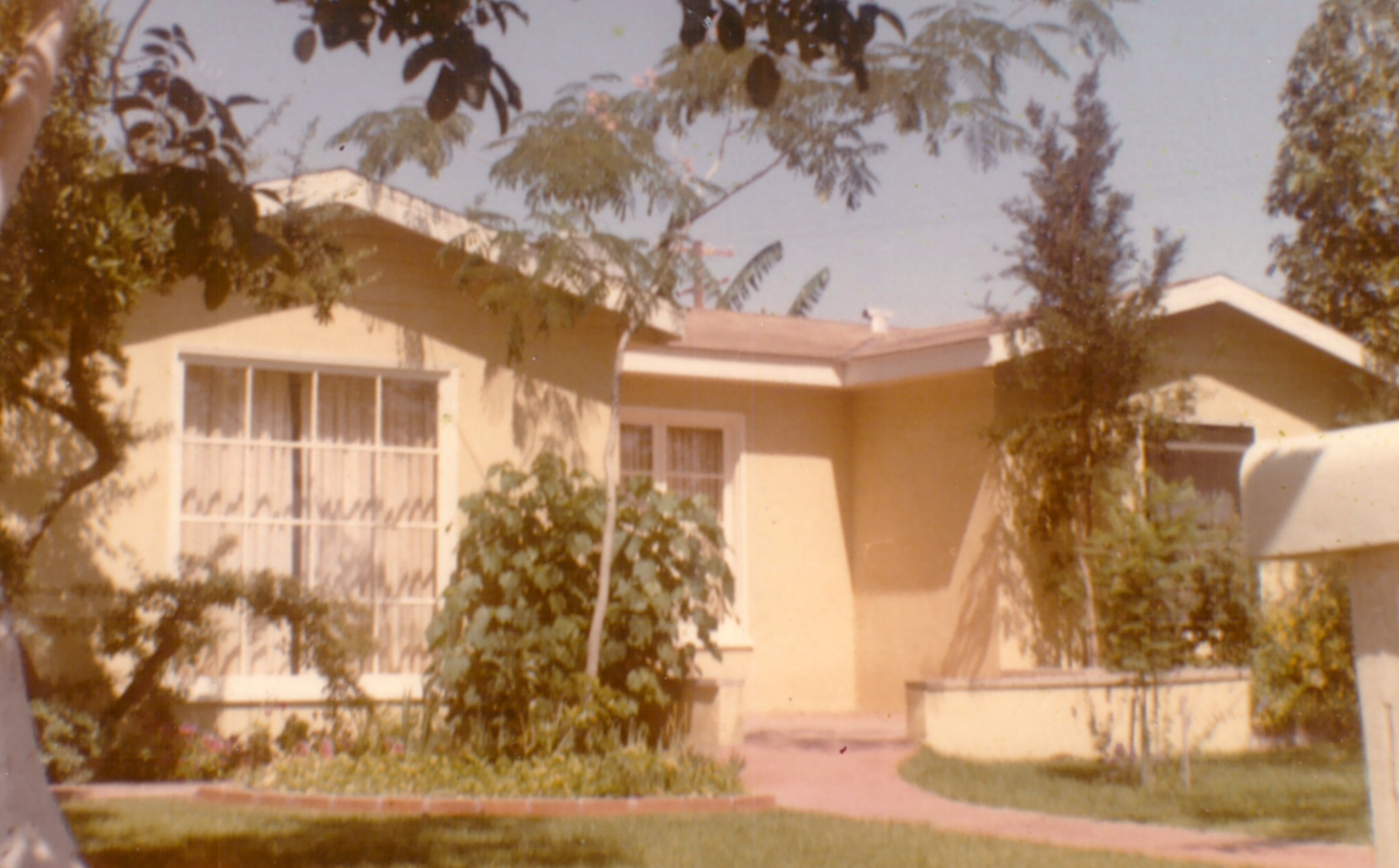
The family house built by ralph in 1948
It was this latter trade in which he excelled, the building of houses and remodeling others. His independent spirit and dislike for unions, because for what he deemed that unions accepted mediocrity in pursuit of guaranteed pay and benefits, precluded him from being more than a one or two-man construction firm. While he became a licensed contractor, his ideals kept him from building more than one house, with the help of but one son, at any time. Ralph was from the “old school” and he did everything in the constructing of a house. He poured the foundation, framed the structure, installed the electrical and plumbing, “sheetrocked” the interior, and did the finish painting. His tireless labors earned him a reputation as a “workhorse,” but also led to his physical burnout at age 50.
In his working lifetime, he constructed a half-dozen houses and remodeled many more. The first was the family home in Oildale, California, which he built in 1948. After that, he built one more house in Oildale, two in Frazier Park, one in Atascadero, and one in Grass Valley. The houses that Ralph built reflected his own persona: they were inherently practical and devoid of any ornamentation or what he considered, “architectural frills.”
While Ralph had a loathing for laziness and conformity, he always championed the virtues of the common man. He was a critic of governmental waste and a continued contributor to the “Letters to the Editor” section of the local newspapers. He also found time to contribute his time and energies to local issues, being a long-term member of the Oildale Water District, and for a time, the President of its Board.
Ralph and Josephine raised three children: Toni, Kenny, and Gregory. He imbued in each of them a passion for learning, a quest for perfection, and an independent spirit. His non-conformist spirit caused him to drive around in the late 1950’s sporting a beard, wearing his Army jacket and pill-box hat, and puffing on a cigar ala Fidel Castro. On the day that Mr. Castro announced that he was a Communist, the beard, cigar, and military garb were discarded . . . along with any mention that Ralph had worn them at all.
While other friends and relatives with his zeal for independence and fear and hatred of Communism embraced the likes of the “John Birch Society,” Giffard maintained his distance sensing that such extremism, towards the left or the right, was equally wrong. He also championed fairness, on more than one occasion challenging his children’s teachers when he felt that the child had not been given proper credit for his or her academic achievement.
While he was modern enough to bring one of the first television sets to his working-class neighborhood, he was perhaps the first to rid the house of its presence when he thought his children were spending too much time watching t.v., and not enough time with studies. A weekly trip to the library for both himself and his children was the routine, and reading was expected. For the children, chores were a must, Catechism and Sunday church attendance mandatory, scholarship demanded in school, and employment expected during the summer time. He taught the children carpentry skills and imbued in them a work ethic.
Ralph also preached living a frugal, within one’s means life-style, championing the purchase of the older Ford, versus the “Madison Avenue” induced purchase of a new vehicle. Using his powers of persuasion and advocating the practical, he convinced his father to buy a Nash automobile, which resembled a box-on-wheels, versus the Chrysler Imperial that he truly desired. While economical and practical, the Nash’s rear doors barely opened enough to allow a pair of skinny grandchildren to enter.
Ralph was practical and frugal to a fault. Although he smoked, he rolled his own cigarettes, and his can of Prince Albert tobacco, was always close by. One day when he took a rest break while hiking in the Sierras, a group of “flower people” came by. Seeing him rolling his own, they offered him some of their special blend, not knowing that he had only tobacco in his cigarette. Ralph politely declined their offer.
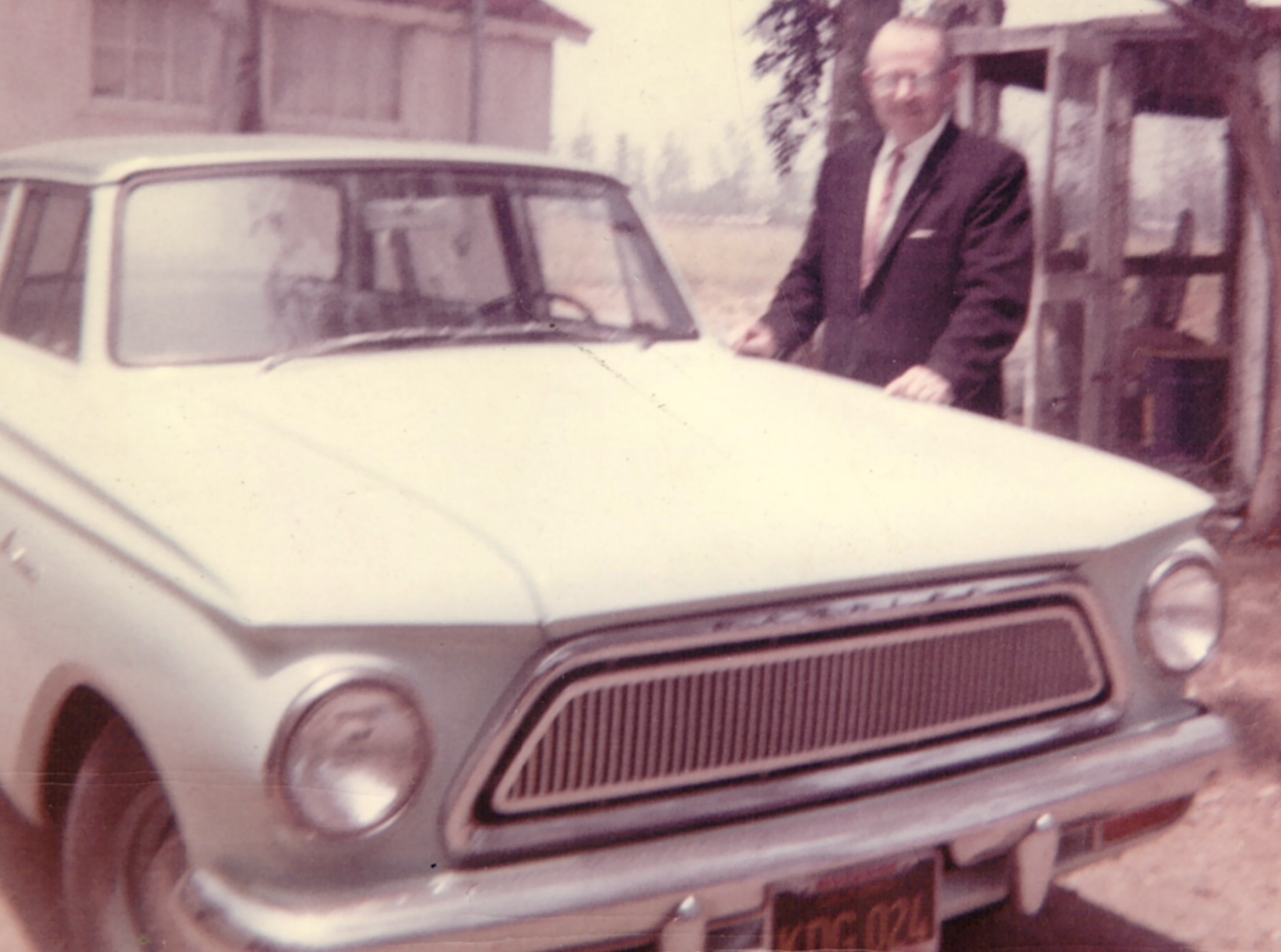
ralph’s father with the “box-on-wheels” car
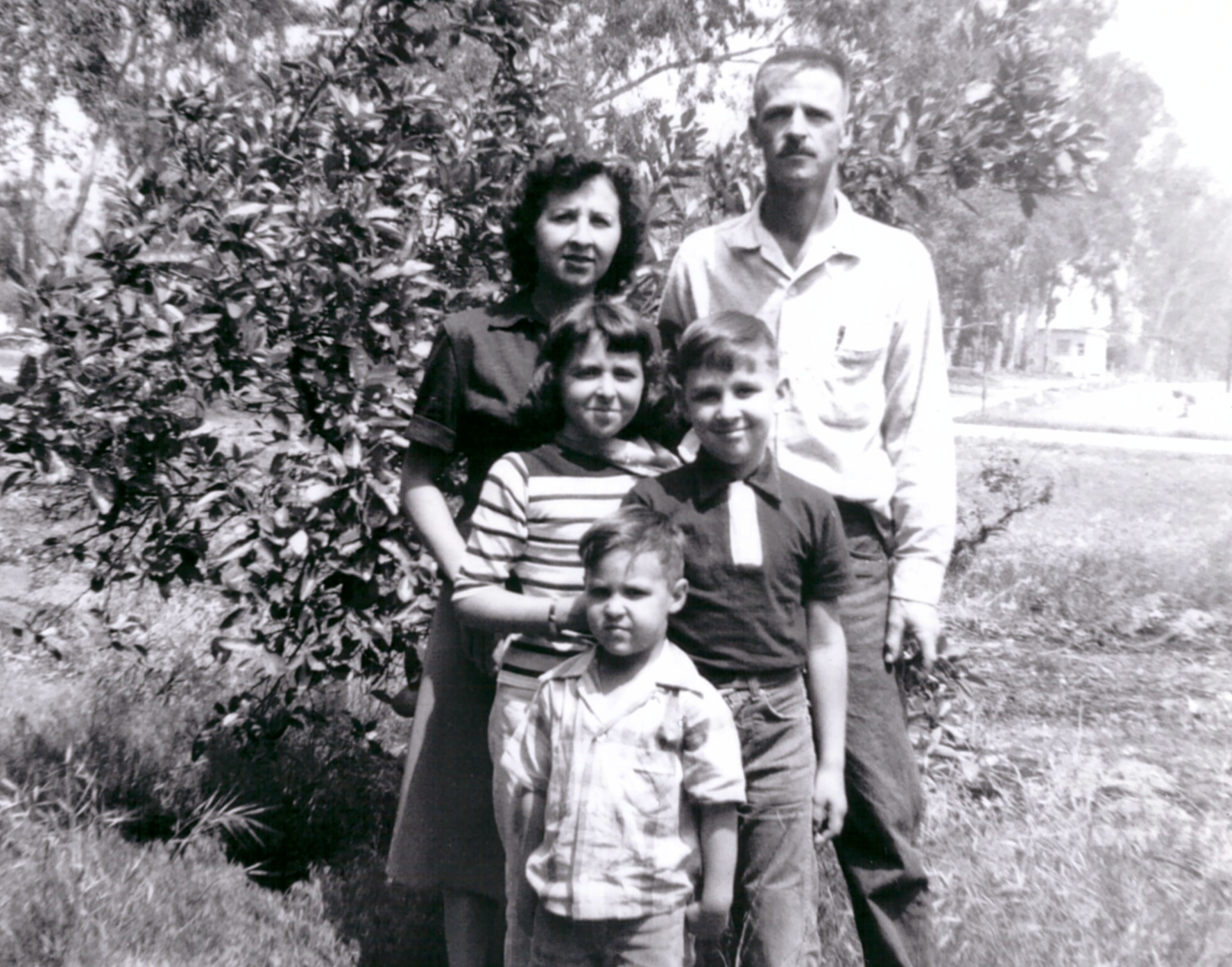
the giffard family in 1956
In Ralph’s world, high-top work shoes were more durable and practical than trendy low-cut shoes. Pinto beans were an appropriate source of protein, and a 100-pound sack was kept in the laundry room. Hand-me-down clothes for the children were acceptable, as well as tools, and used clothes were proper Christmas gifts. Ralph kept a garden which included fruit trees, nut trees, berries, grapes, and a variety of vegetables including asparagus and artichokes. Because of his garden, the family never suffered for want of fruits and vegetables.
Sometimes frugalness overrode safety issues: for Ralph a rag in the gas tank opening was a suitable substitute for a lost gas cap. The Highway Patrol officer who stopped him wasn’t impressed by his ingenuity. He was lectured, and then cited for driving a “Molotov cocktail” down the freeway.

as a docent ralph enjoying teaching about nature’s beauty
In the later years of his life, Giffard developed a more understanding and tolerant approach to life. In his late 70’s, he still worked as a docent at a local nature preserve, enjoying teaching others about nature and his other passion, geology. While living in Atascadero, California, he maintained a seismograph in his home, dutifully making daily checks for earthquakes. Until the last two years of his life, he continued with his solitary week-long hikes in his beloved Sierras.
He never gave up his life-long habit of rolling and smoking his own cigarettes. His more tolerant nature did however, have limits. When his daughter’s former husband mistakenly asked Ralph for permission to re-marry her, he adamantly refused to sanction that request, informing the former son-in-law that he was a “gold-digger” and not deserving of his daughter’s hand again in marriage.
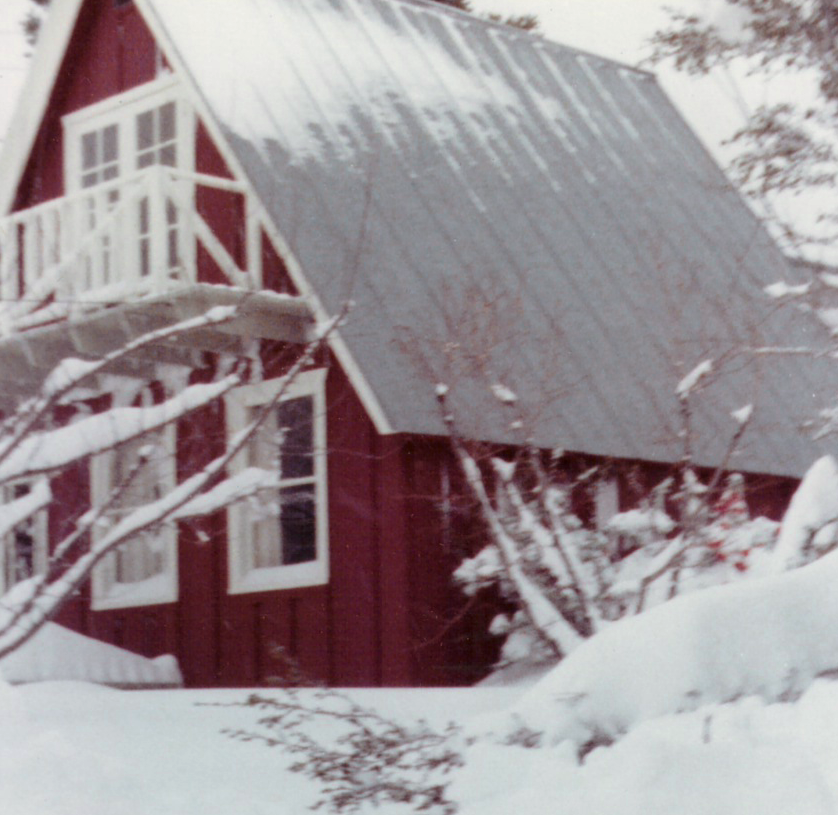
the cabin built by ralph and josephine
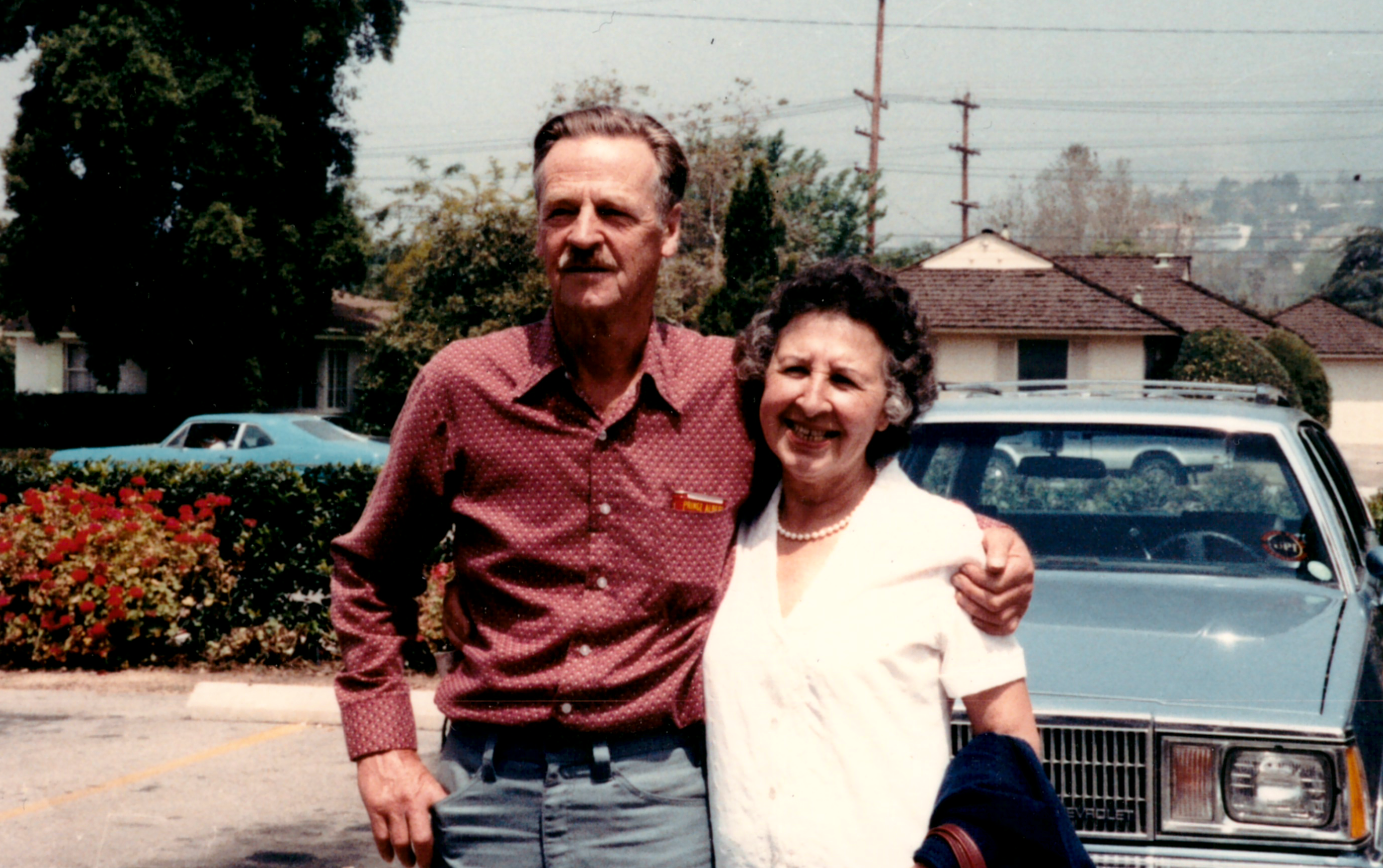
ralph and josephine: married 50 years
Despite being frugal and very opinionated, Ralph managed to woo and marry Josephine who was the love of his life. They were married for almost 56 years when Ralph’s death finally separated the two. Josephine brought out the best in Ralph and showed in him a kindness that wasn’t apparent to others. In a departure from his typical frugal ways, he surprised everyone in 1964 when he bought Josephine the 1955 Thunderbird sports car that she had always wanted.
While he worked as a carpenter and building contractor, she helped him with his work, applied salve regularly to ease the pain in his back caused by the contractures from his burns, grudgingly supported his causes, and was the person who most cared for the children while he labored supporting the family. Ralph was independent and head-strong, but was made a whole person by his love for Josephine.
Credits:
Author: K. Giffard
Photos:
Intro: Ralph at age 24
Contents: Ralph’s summer in Yosemite
Part 2: Stationed outside Ogden, Utah
Part 3: Building the family home
Part 4: Building a house in Grass Valley

